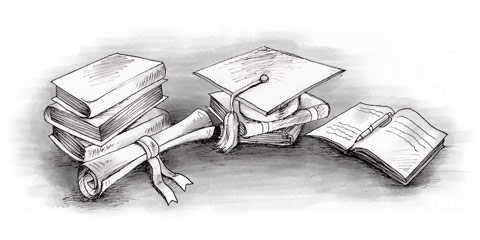By South American standards, Ecuador’s public education system fares poorly. Although almost all children attend primary school, less than two thirds go on to get a secondary education - a problem especially bad in rural areas. Despite the statistics, things are improving thanks to important reforms under President Rafael Correa including more stringent tests for teachers whose pay is now linked to performance.
In nearly all parts of Ecuador, public education is taught in Spanish and literacy is high, though this has been blamed for a decline in regional languages like Kichwa.
Compulsory education only lasts until the age of 14, after which parents are forced to pay to continue their children’s education. School years differ around the country depending on the climatic zone and are structured to avoid the worst weather. Some run from October to July, while others from April to December.
The most popular option for expats in Ecuador is to send their children to a private international school. The language of instruction can differ, though it’s most common to find schools that teach in English, French or German. Other expats send their children to boarding school abroad.

